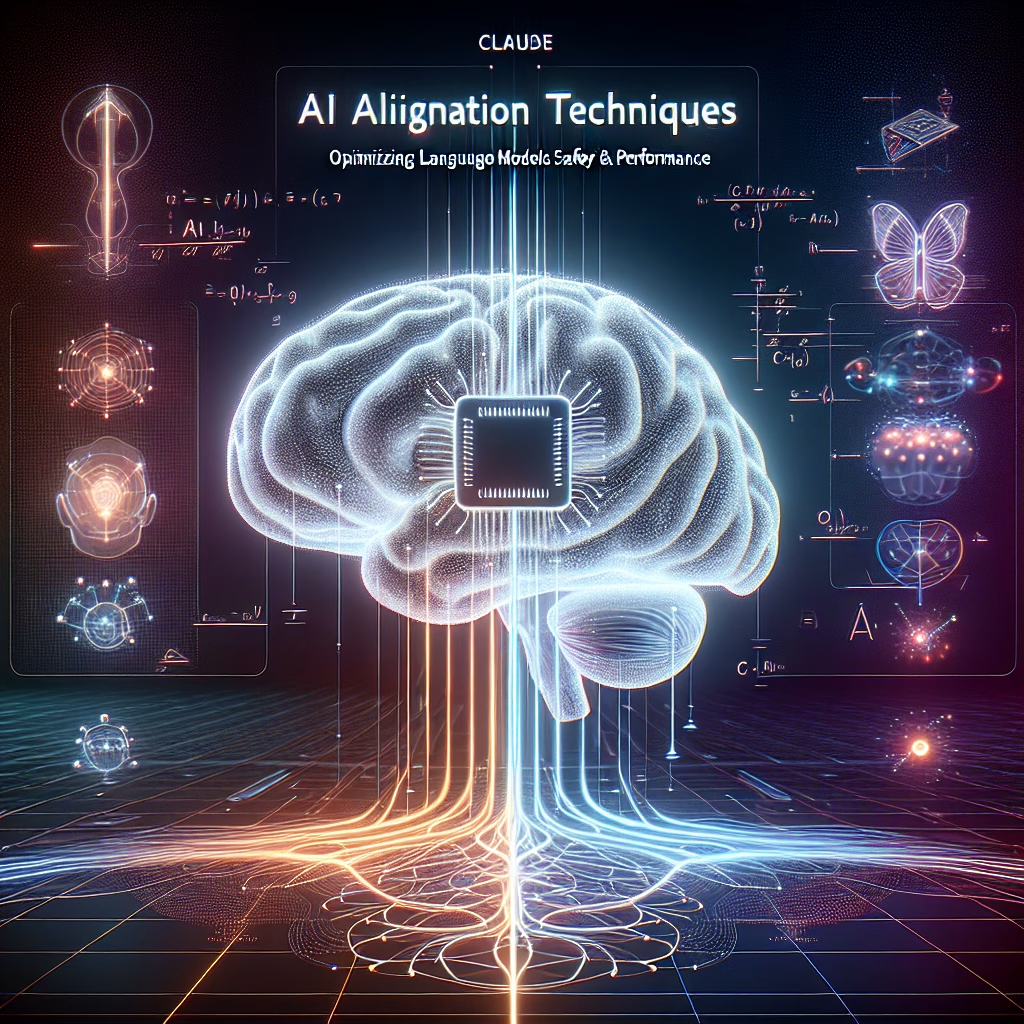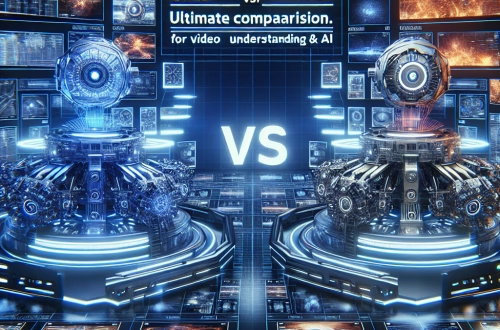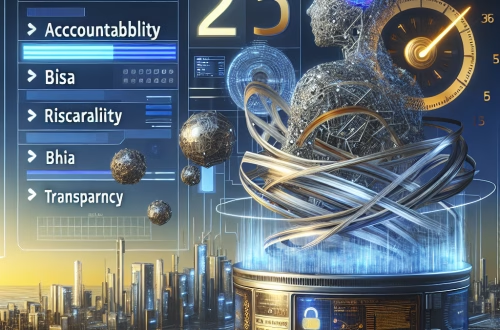Claude Language Model Alignment Techniques
Summary:
Claude language model alignment techniques are methods used to ensure AI models like Anthropic’s Claude behave in ways that are helpful, honest, and harmless. Alignment involves training the model to follow ethical guidelines, human preferences, and safety constraints to reduce harmful outputs. Understanding these techniques is crucial for developers, businesses, and AI enthusiasts seeking reliable and responsible AI tools. This article explores how alignment works, its importance, and practical implications for users.
What This Means for You:
- Enhanced AI Reliability: Alignment techniques make Claude more predictable and safer to use in professional settings, reducing risks of misinformation or biased outputs. This is particularly valuable for businesses integrating AI into customer service or content creation.
- Actionable Advice for Developers: Fine-tuning Claude with alignment principles can improve its performance for specific applications. Use prompt engineering and reinforcement learning feedback to customize its behavior for your needs.
- Better User Interaction: For non-technical users, alignment means Claude will provide more accurate and context-aware responses. Always review AI-generated content for critical applications to ensure compliance with industry standards.
- Future Outlook or Warning: While alignment techniques improve AI safety, challenges like adversarial attacks or unintended biases may still arise. Staying updated with Anthropic’s safety research and ethical guidelines is essential for long-term AI adoption.
Explained: Claude Language Model Alignment Techniques
What is Model Alignment?
Model alignment refers to the process of ensuring an AI system’s objectives align with human values and intentions. For Claude, Anthropic employs techniques like Constitutional AI, reinforcement learning from human feedback (RLHF), and behavioral fine-tuning to guide its responses. These methods aim to mitigate risks such as bias, misinformation, and harmful outputs while enhancing usefulness and reliability.
Key Alignment Techniques for Claude
- Constitutional AI: Claude follows a set of predefined ethical principles (a “constitution”) that govern its behavior, ensuring outputs align with human values like honesty and non-harmfulness.
- Reinforcement Learning from Human Feedback (RLHF): Human reviewers rank Claude’s responses to refine its understanding of desirable versus undesirable outputs, improving accuracy and appropriateness over time.
- Prompt Engineering: Structured inputs and constraints help guide Claude toward contextually appropriate responses while avoiding pitfalls like hallucinations or off-topic answers.
- Red Teaming: Anthropic conducts adversarial testing to identify and fix vulnerabilities in Claude’s alignment before deployment.
Strengths of Claude’s Alignment
Claude stands out for its emphasis on ethical alignment, making it a safer choice for sensitive applications like healthcare or legal advisory. Its constitutional framework ensures transparency, and RLHF allows for continuous improvement based on real-world interactions. These features make Claude particularly useful in industries requiring high degrees of accuracy and responsibility.
Limitations and Challenges
Despite advancements, Claude’s alignment is not flawless. Complex or ambiguous queries may still produce incomplete or overly cautious responses. Additionally, alignment can sometimes limit creativity or flexibility in scenarios where unconventional answers are needed. Users must balance safety with functionality based on their specific use cases.
Best Practices for Using Claude
To maximize Claude’s potential, users should provide clear, detailed prompts and iteratively refine responses using feedback loops. Developers should stay informed about Anthropic’s alignment updates and incorporate them into fine-tuning processes. For businesses, maintaining human oversight remains critical to ensuring AI-generated content meets organizational standards.
People Also Ask About:
- How does Claude differ from other AI models in alignment?
Claude prioritizes ethical alignment more explicitly than many models, using Constitutional AI and RLHF to enforce safety and accuracy. Unlike some competitors, Anthropic actively publishes research on alignment techniques, offering greater transparency. - Can Claude’s alignment techniques be customized for specific industries?
Yes, businesses can fine-tune Claude with domain-specific data and alignment constraints. For legal or medical use, specialized prompts and reinforcement learning can optimize outputs while maintaining compliance. - What are the risks of misaligned AI models like Claude?
Misalignment can lead to biased, misleading, or harmful outputs, eroding trust in AI systems. In regulated industries, such issues could result in legal or reputational damage, making alignment techniques critical. - How can non-technical users benefit from Claude’s alignment?
Alignment makes Claude more intuitive and reliable for everyday tasks like drafting emails or researching topics. Users should still verify critical information but can trust Claude’s responses to be more context-aware and ethical than unaligned models.
Expert Opinion:
AI alignment is a cornerstone of responsible AI development, and Claude’s techniques set a strong precedent for balancing safety with utility. However, alignment is an ongoing challenge requiring collaboration between developers, regulators, and end-users. Future advancements may focus on dynamic alignment—adjusting model behavior in real-time based on context while minimizing risks. Users should remain cautious of over-reliance on AI, even with robust alignment safeguards.
Extra Information:
- Anthropic’s Constitutional AI Principles – Details the ethical guidelines shaping Claude’s alignment.
- Claude’s Alignment Research Paper – A technical deep dive into reinforcement learning and safety techniques used for Claude.
Related Key Terms:
- Anthropic Claude AI alignment methods
- Ethical AI principles for Claude
- Constitutional AI techniques
- Reinforcement learning from human feedback (RLHF) for Claude
- Best practices for Claude model fine-tuning
- Claude AI safety and alignment updates
- How to optimize Claude for business applications
Check out our AI Model Comparison Tool here: AI Model Comparison Tool
#Claude #Alignment #Techniques #Optimizing #Language #Models #Safety #Performance
*Featured image provided by Dall-E 3





